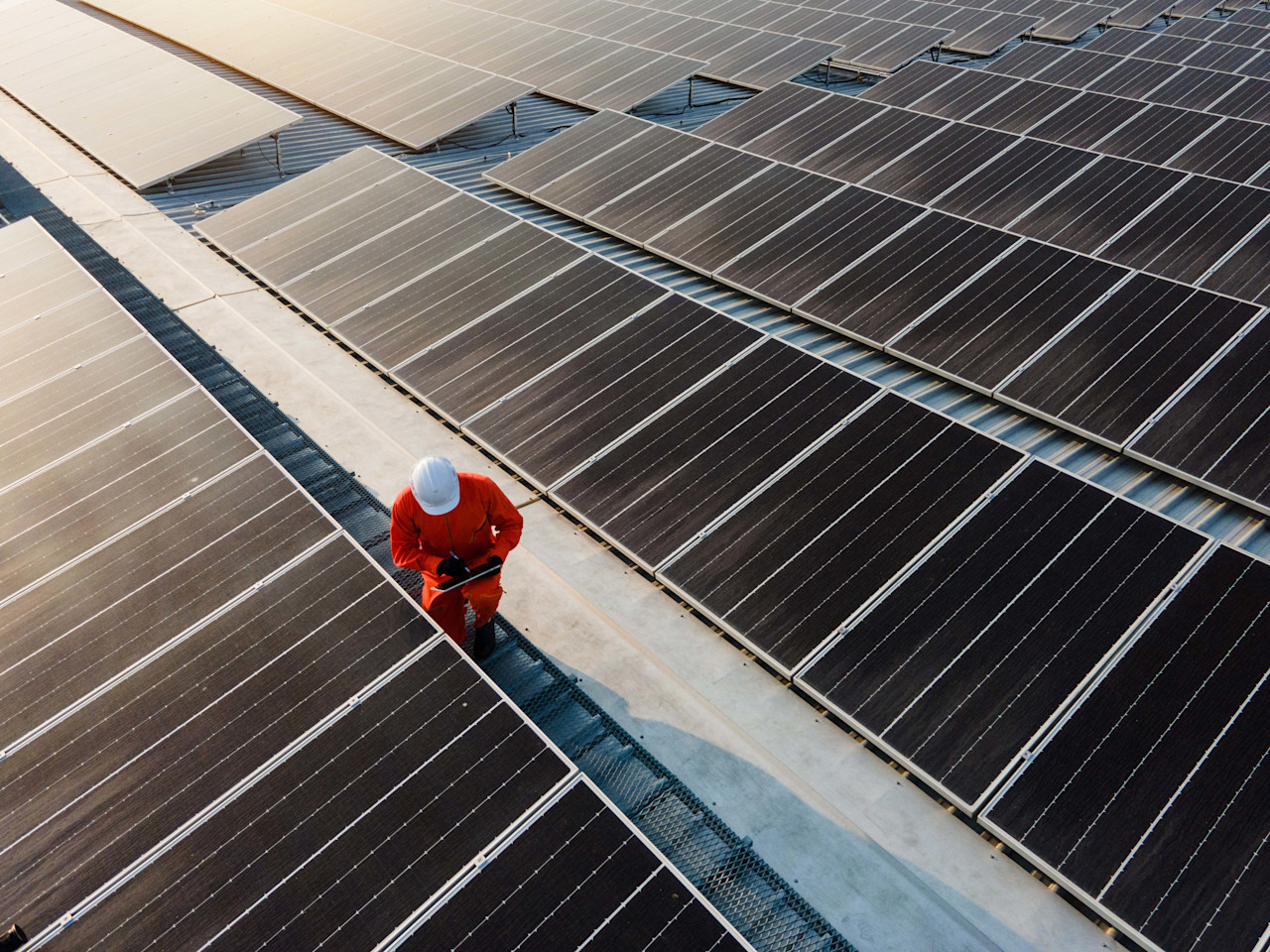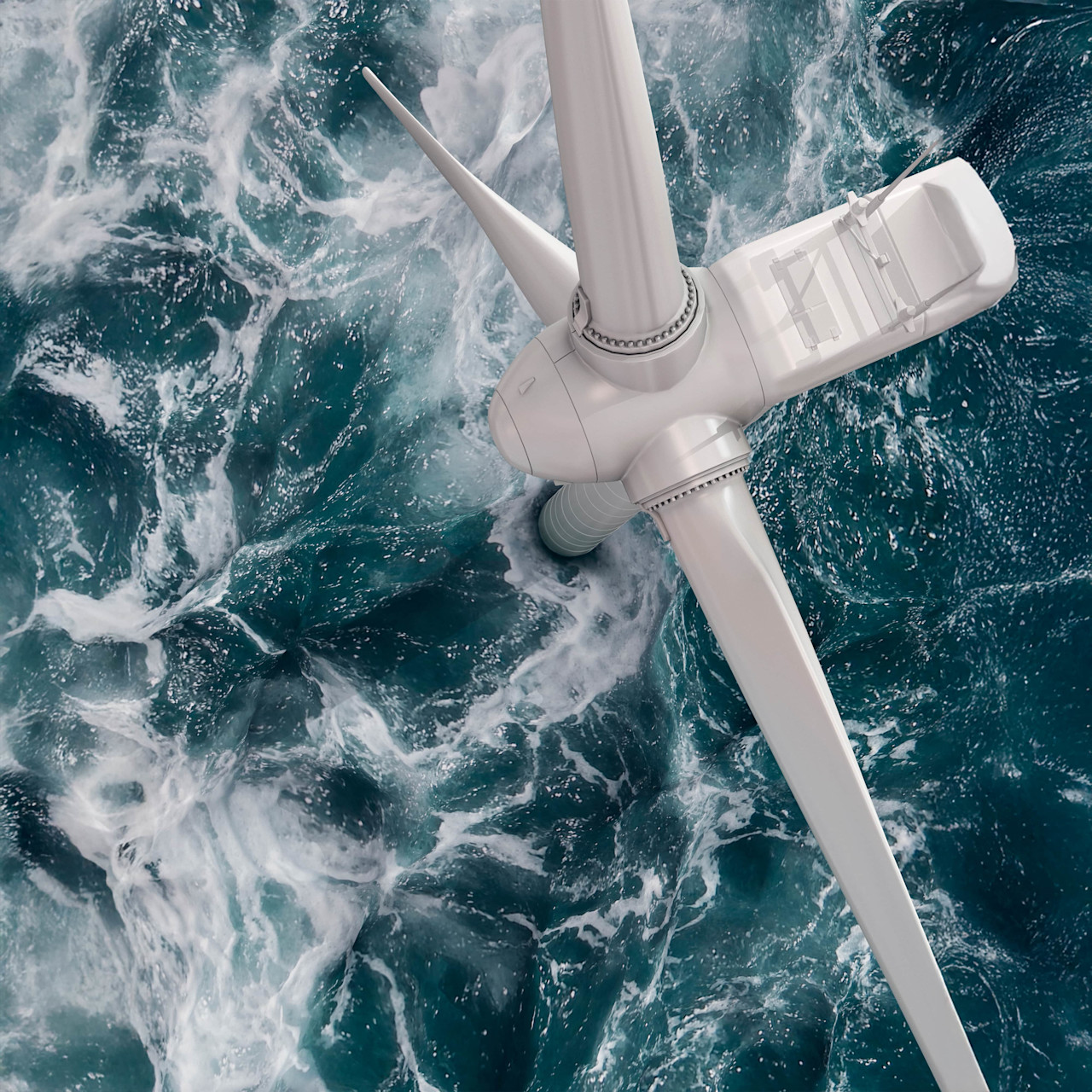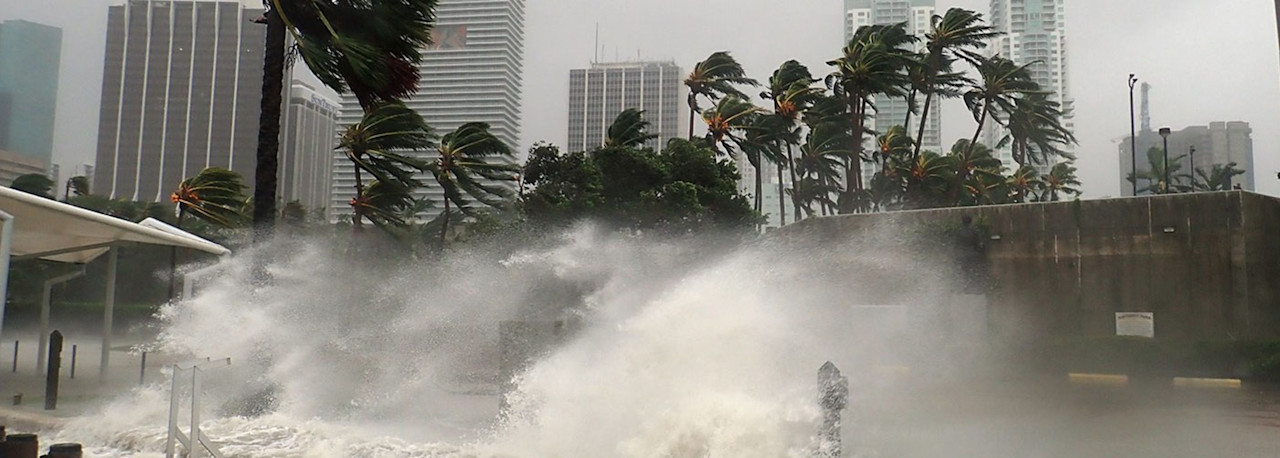The threat of rising temperatures
Climate change is the long-term alteration of weather patterns caused by global warming. Left unchecked, planetary heating will lead to substantial physical risks from increasingly severe hurricanes, floods, droughts and forest fires. All have been seen in greater numbers as the Earth records progressively hotter years.
Rising sea levels as rainfall rises and polar ice caps melt threatens to displace millions of people in coastal areas, while higher temperatures threatens the future of agriculture. All present grave threats to humanity. Global warming can, however, be contained if greenhouse gas emissions are reduced now and the world becomes carbon neutral.
The greenhouse effect
Global warming has predominantly been caused by the long-term burning of fossil fuels since the Industrial Revolution of the 18th century. The 2.5 trillion tons of greenhouse gases produced since 1750 have raised atmospheric concentrates of carbon dioxide (CO2) by 67% and average global temperatures by more than 1 °C.1 Much of this is now locked in, and irreversible.2
The three main greenhouse gases are carbon dioxide, methane (CH4) and nitrous oxide (N2O), most of which are generated by industrial processes. Emissions differ from pollution in that CO2 is a natural byproduct of life – we breathe it out every day – while much of the methane comes from farm animals chewing grass.
Most of these emissions are absorbed by oceans, or are held on land by natural carbon sinks such as permafrost, forests, mangroves and coral reefs. The rest becomes trapped in the atmosphere, unable to escape into space, causing the planet to heat up over many decades.
Impacts on weather
Warmer atmospheres create more moisture in the air, leading to heavier and more unpredictable rainfall, floods and storms. It has also led to more extreme summer temperatures, such as heatwaves in previously cold regions such as the Arctic, and the growing desertification of formerly fertile areas.
Ten of the warmest years in recorded history have occurred since 2005. The hottest was 2016, when the Earth’s atmosphere was on average 0.94 °C warmer than the global mean since 1880.
The year 2024 was the warmest year since global records began in 1850 at 1.29 °C (2.32 °F) above the 20th century average of 13.9 °C (57.0 °F). This value is 0.10 °C (0.18 °F) more than the previous record set in 2023. The ten warmest years in the 175-year record have all occurred during the last decade (2015-2024). Of note, the year 2005, which was the first year to set a new global temperature record in the 21st century, is now the 13th-warmest year on record. The year 2010, which had surpassed 2005 at the time, now ranks as the 12th-warmest year on record. 3
Figure 1: The ten warmest years on record

Source: US National Oceanic and Atmospheric Administration (NOAA) 4
Figure 2: A timelapse of global warming
Click on the visual to watch the time-lapse of global warming since records began in 1850.
Source: Berkeley Earth's Global Warming. 5
由於您尚未接受我們的廣告 cookie,因此無法觀看此短片。在接受後,您就可以觀看所有內容:
Highest CO2 for four million years
CO2 levels rise to new records with every passing year. Research shows 419 parts per million (ppm) recorded in the atmosphere in June 2021 was last seen on Earth over four million years ago.6 At that time in the Pliocene Era, before humans had even evolved, the average surface temperature was 2-3 °C higher than pre-industrial levels, and the average sea level was up to 25 meters above what it is today.7 By January 2025, that level had risen to 428.4 parts per million, according to the CO2.earth research site, with each previous year setting a new record. 8
Climate change also threatens agricultural production, as milder winters and earlier springs interrupt crop-growing patterns in most areas. Higher temperatures have a double whammy effect on insects. In warmer areas, they threaten to wipe out the ‘friendly’ pollinating insect populations. And vice versa, warming exposes countries to ‘unfriendly’ disease-bearing insects in colder areas.
Figure 3: Levels of CO2 in the atmosphere

Recognizing the problem
Climate change was first taken seriously in the 1980s, partly following a successful campaign to end the use of chlorofluorocarbon (CFC) gases in aerosol sprays that were damaging the ozone layer. To study the problem, the World Meteorological Organization and the United Nations Environment Program set up the Intergovernmental Panel on Climate Change (IPCC) in 1988.
Attempts to curb emissions began in earnest with the UN Conference on the Environment and Development – which became known as the Earth Summit – in Rio de Janeiro in 1992. This produced the UN Framework Convention on Climate Change (UNFCCC), which began to meet annually as the Conference of the Parties (COP).
The Earth Summit was followed in 1997 by the Kyoto Protocol, the first international treaty that committed signatories to curbing emissions “to a level that would prevent dangerous anthropogenic interference with the climate system”. The more ambitious Doha Amendment, which introduced binding targets for 37 countries including EU member states, followed in 2012.
Landmark Paris Agreement
The UN took a bolder step in 2015 by putting a temperature limit on global warming for the first time in the landmark Paris Agreement. Its core aim is to keep global warming to below 2 °C above pre-industrial levels by the end of this century, and to pursue efforts to limit it to 1.5 °C. It was signed by all 196 nation members of the UNFCCC before the US pulled out in 2017 under President Trump, rejoined it in 2021 under President Biden, and then pulled out again when Trump returned in January 2025. Only four countries – the US, Iran, Libya and Yemen – are not signatories to Paris.
Achieving these goals required clear carbon reduction targets. In 2018, the IPCC said that in order to achieve the 1.5 °C goal, emissions needed to be cut by 40-60% from 2010 levels by 2030, reaching net zero around 2050. To achieve the 2 °C target, emissions needed to be cut by 25% by 2030 in order to achieve net zero by 2050.
Exceeding 1.5 °C?
A new temperature record of more than 1.5 °C of warming was hit in 2024, according to the EU’s Copernicus Climate Change Service. Its satellites and terrestrial systems showed that the Earth’s average surface temperature reached of 15.1 °C.9 This was 0.72 °C above the 1991-2020 average, and 1.60 °C above pre-industrial levels. However, true global warming is measured over 10 years or more; long-term global warming is now at 1.3 °C, according to the World Meteorological Organization’s State of the Climate 2024 report.10
Figure 4: Temperature records as recorded by Copernicus

Source: ERA5, Copernicus Climate Change Service. 11
The IPCC has warned that at current levels of (in)activity, the 2 °C target will probably be reached by 2030, and that global warming of 3 °C by the end of the century was more likely. In its sixth assessment report in 2023, the IPCC further warned that sea levels would rise by 0.63 m-1.01 m by 2100 unless the world takes action now, with evidence that the oceans had risen by 3.2 mm to 4.2 mm a year between 2006 and 2018.12 Over the next 2,000 years, the global mean sea level will rise by about 2-3 meters if warming is limited to 1.5 °C and by 2-6 meters if limited to 2 °C, the IPCC said.
Learning outcome
Climate change is caused by global warming due to the long-term build-up of greenhouse gases that become trapped in the atmosphere. The Paris Agreement set goals to limit global warming, for which the Intergovernmental Panel on Climate Change set carbon reduction targets. Left unchecked, climate change poses a serious threat to human life and economic stability, and we have already passed at least 1.3°C of warming.
Footnotes
1 https://www.mckinsey.com/business-functions/sustainability/our-insights/confronting-climate-risk
2 https://www.ipcc.ch/sr15/
3 https://www.ncei.noaa.gov/access/monitoring/monthly-report/global/202413
4 https://www.ncei.noaa.gov/access/monitoring/monthly-report/global/202413
5 https://www.youtube.com/watch?v=Yg7E3kI7Ifo
6 https://www.bloomberg.com/news/articles/2021-06-07/co-reaches-its-highest-level-in-more-than-4-million-years?sref=Ih2p2g
7 https://www.climate.gov/news-features/understanding-climate/climate-change-atmospheric-carbon-dioxide#:~:text=The%20global%20average%20atmospheric%20carbon,least%20the%20past%20800%2C000%20years.
8 https://www.co2.earth/
9 https://climate.copernicus.eu/copernicus-2024-first-year-exceed-15degc-above-pre-industrial-level
10 https://wmo.int/publication-series/state-of-global-climate-2024
11 https://climate.copernicus.eu/copernicus-2024-first-year-exceed-15degc-above-pre-industrial-level
12 https://www.ipcc.ch/report/sixth-assessment-report-cycle/













































